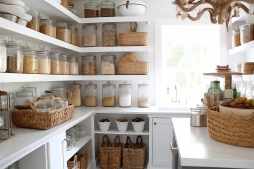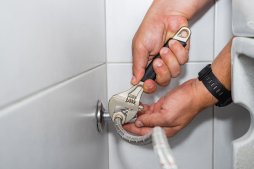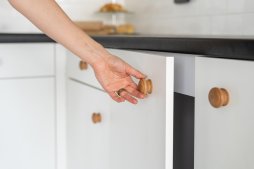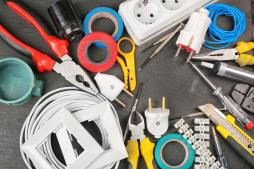Step-by-Step Guide to Fixing Peeling Paint in Your Bathroom Ceiling
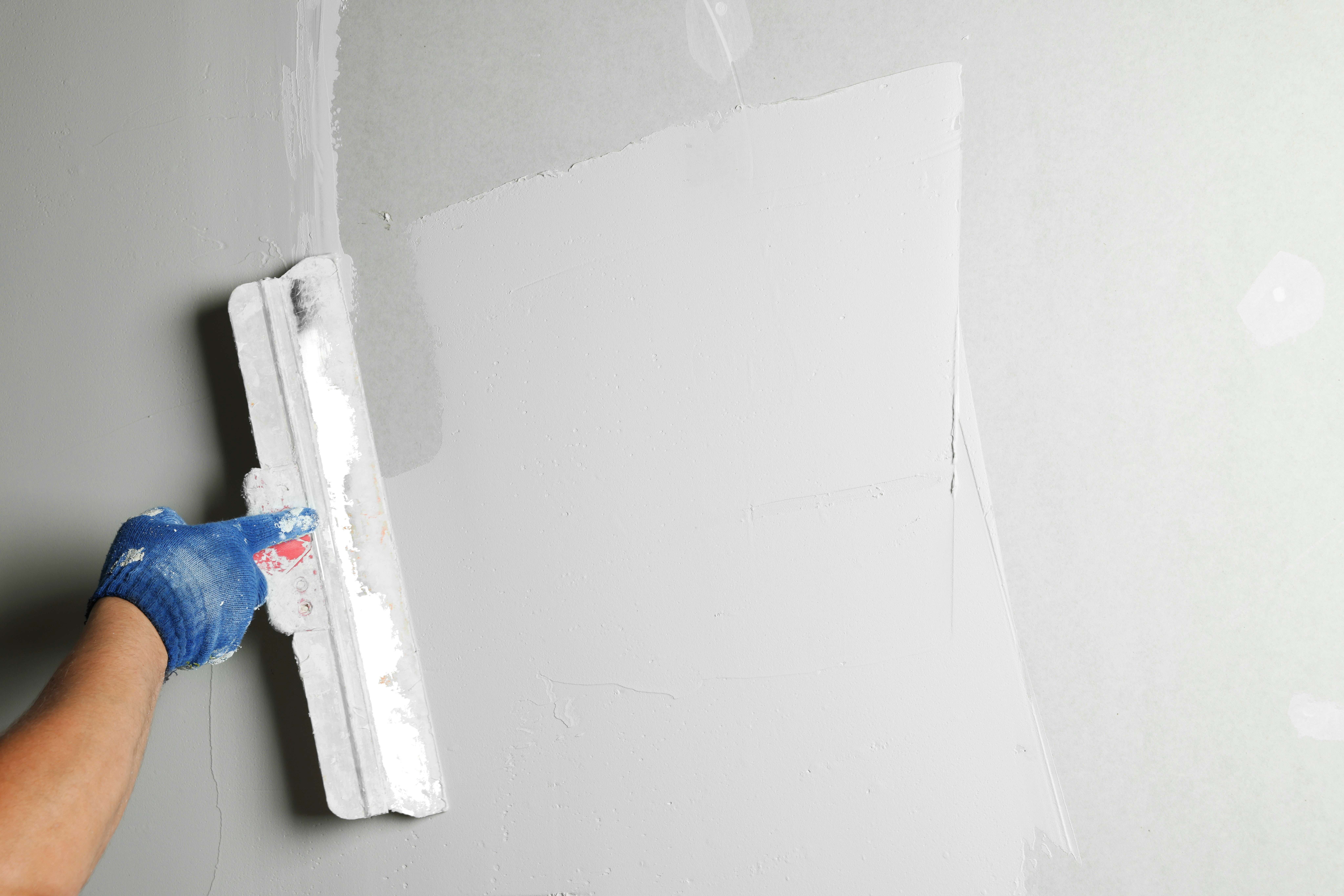
Peeling paint on bathroom ceilings is a common issue caused by moisture and humidity. It not only affects the appearance of your bathroom but can also indicate underlying problems like poor ventilation. Fortunately, fixing peeling paint is a manageable DIY project with the right preparation and materials. This guide walks you through each step to restore your bathroom ceiling’s look and protect it from future damage.
Identify the Cause of Peeling Paint
Before starting any repairs, it’s important to understand why the paint is peeling. Bathroom ceilings are prone to moisture buildup due to steam from showers and baths. Insufficient ventilation or leaks can worsen this problem. Look for signs of water damage such as stains or mold, and ensure your bathroom has adequate airflow through exhaust fans or windows to prevent recurrence.
Prepare the Area for Repair
Safety first. Cover your bathtub, fixtures, and floor with drop cloths or plastic sheeting to catch debris and dust. Use painter’s tape around edges where the ceiling meets walls for clean lines later on. Wear protective gear like goggles and a mask since scraping old paint can release dust particles.
Remove Loose Paint and Clean Surfaces
Using a putty knife or scraper, gently remove all loose or flaking paint from the ceiling surface. Be thorough but careful not to damage the drywall underneath. After scraping, sand the area lightly with fine-grit sandpaper to smooth edges between peeled areas and intact paint. Clean off dust using a damp cloth or sponge; allow it to dry completely before moving on.
Repair Any Damage and Prime
If you notice cracks, holes, or water stains on your ceiling after cleaning, fill them with a suitable patching compound or joint compound using a putty knife. Once dry, sand smooth again for an even surface. Apply a stain-blocking primer designed for bathrooms over repaired areas; this helps seal stains and provides better adhesion for new paint.
Repaint with Moisture-Resistant Paint
Choose high-quality moisture-resistant or mold-resistant ceiling paint specifically formulated for bathrooms. Use a roller with an extension pole for easy application across large areas; save smaller brushes for corners and edges. Apply at least two coats according to manufacturer instructions allowing proper drying time between coats.
By following these steps carefully—from identifying causes of peeling through repainting—you can successfully repair your bathroom ceiling’s peeling paint while enhancing its durability against moisture damage in the future. Regular maintenance such as improving ventilation will also help keep your bathroom looking fresh longer.
This text was generated using a large language model, and select text has been reviewed and moderated for purposes such as readability.





